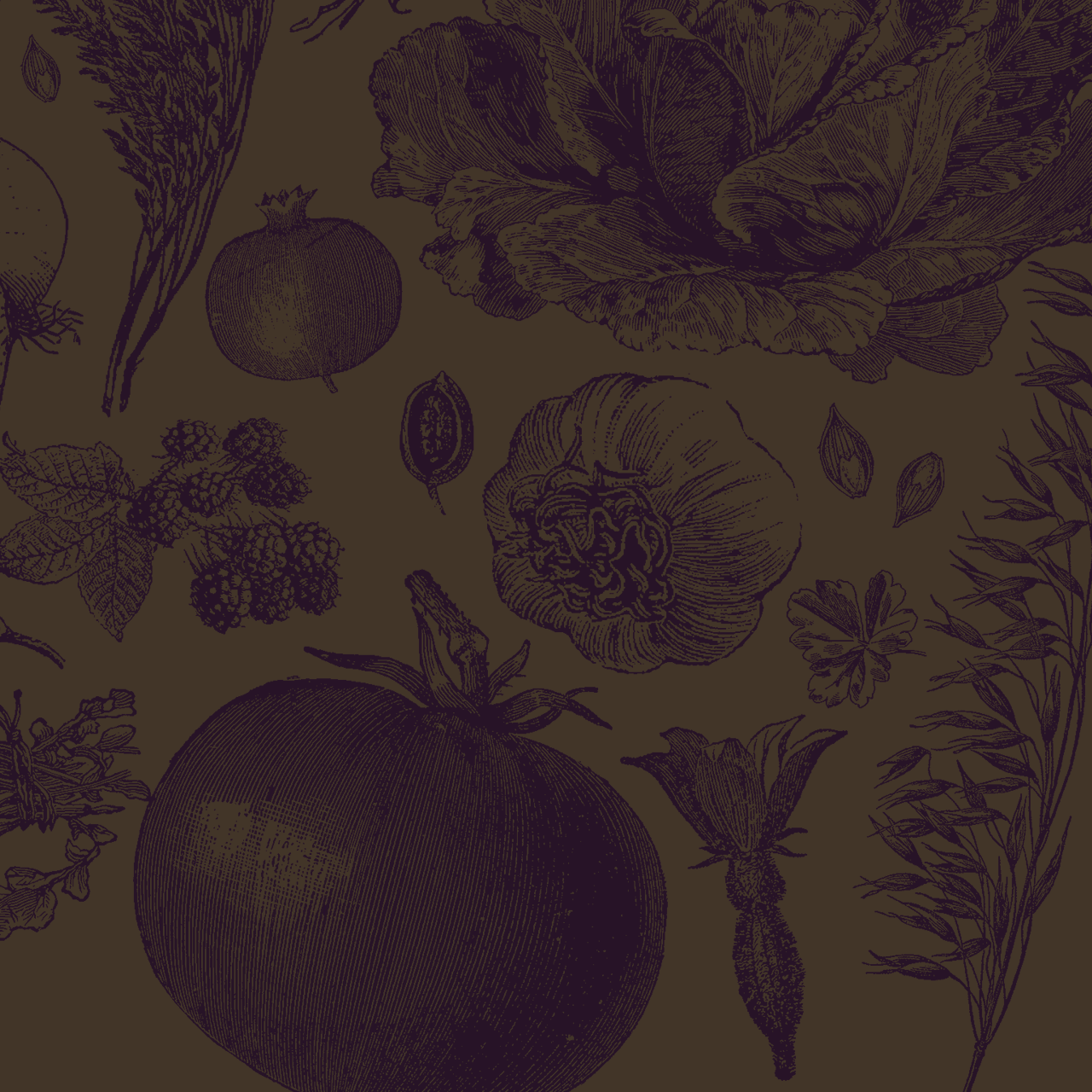There is a mound of helpful information about the relationship of food and health. I’ve collected some that may surprise you. So chew on this a bit and see if it makes sense. It does to me.
P R O T E I N
25% of the calories in the average vegetable come from protein; some are as high as 50%. Beans claim 25 to 50% protein, and lemons 15%.
__
There is no such thing as protein deficiency in the United States.
__
Spinach has more protein per calorie than does a cheeseburger.
C A L C I U M
There is more calcium in ¾ cups of collard greens than in a glass of whole milk.
__
Calcium does not come from cows. It is a mineral in the soil. Plants are the best conduit of calcium.
__
Sesame seeds have 2–3 times the calcium of some cheeses.
__
The “Healthy Eating Plate” recommends getting calcium from dark leafy greens, collards, fortified soymilk and beans.
Harvard University Study, 2012
B A C O N A N D C I G A R E T T E S
The World Health Organization recently ranked bacon in the same category as cigarettes for health risks.
__
It took 50 years to get warning labels on cigarette packages from the time those risks were known.
H E A R T D I S E A S E
The rate of heart disease went down in Norway during World War II when the Germans confiscated their livestock. When Norwegians began eating meat after the war, the rate of heart disease went up.
__
According to Dr. Esselstyn, the leading cardiologist who reverses heart disease with diet, there are three causes of heart disease; breakfast, lunch, and dinner.
__
More than 32 million Americans are taking statin drugs for high cholesterol.
__
“There are two kinds of cardiologists, vegans and those who haven’t read the data. I don’t mind dying, but I just don’t want it to be my fault.”
Kim Williams, past President of the American College of Cardiology
P U M P K I N S E E D S A N D C L A M S
Pumpkin seeds have seven times more iron than beef, and nearly fifteen times more than chicken.
__
Clams have fifty times more vitamin B12 than ham.
P L A N T F O O D S
“People who eat the most animal foods have the highest incidence of most chronic diseases.”
The China Study, Dr. T.Colin Campbell
M I S C E L L A N E O U S
50–80% of the antibiotics administered in the United States go to animals, not humans.
__
“One third of American calories come from ‘nutrient poor’ foods.”
University of California, Berkley Study
L I V E S T O C K F A R M I N G
“We slaughter 60 billion animals a year, and the way they are raised is appalling and inhumane.”
VB6, Mark Bittman
__
“If slaughter houses had windows we’d all be vegetarians.”
Sir Paul McCarthy
__
It takes 4 million gallons of water to grow a ton of livestock and 100,000 gallons, more or less, to grow a comparable amount of vegetables.
__
“Livestock production contributes more to greenhouse gases than all transportation emissions. The average American meat eater is responsible for 1.5 more tons of CO2 greenhouse gas than a non-meat eater. Eating three less cheeseburgers a week would cancel out the affects of all SUV’s in the country.”
Food Matters, Mark Bittman
F A T S
Coconut oil is 80-90% saturated fat
D A I R Y P R O D U C T S
Osteoporosis-related diseases are lowest in countries that consume little dairy. Those diseases are the highest in countries that consume the most dairy.
__
“Fracture rates were higher for those who consumed three or more servings [of milk] compared to those who did not drink milk.”
Harvard Nurses Study

